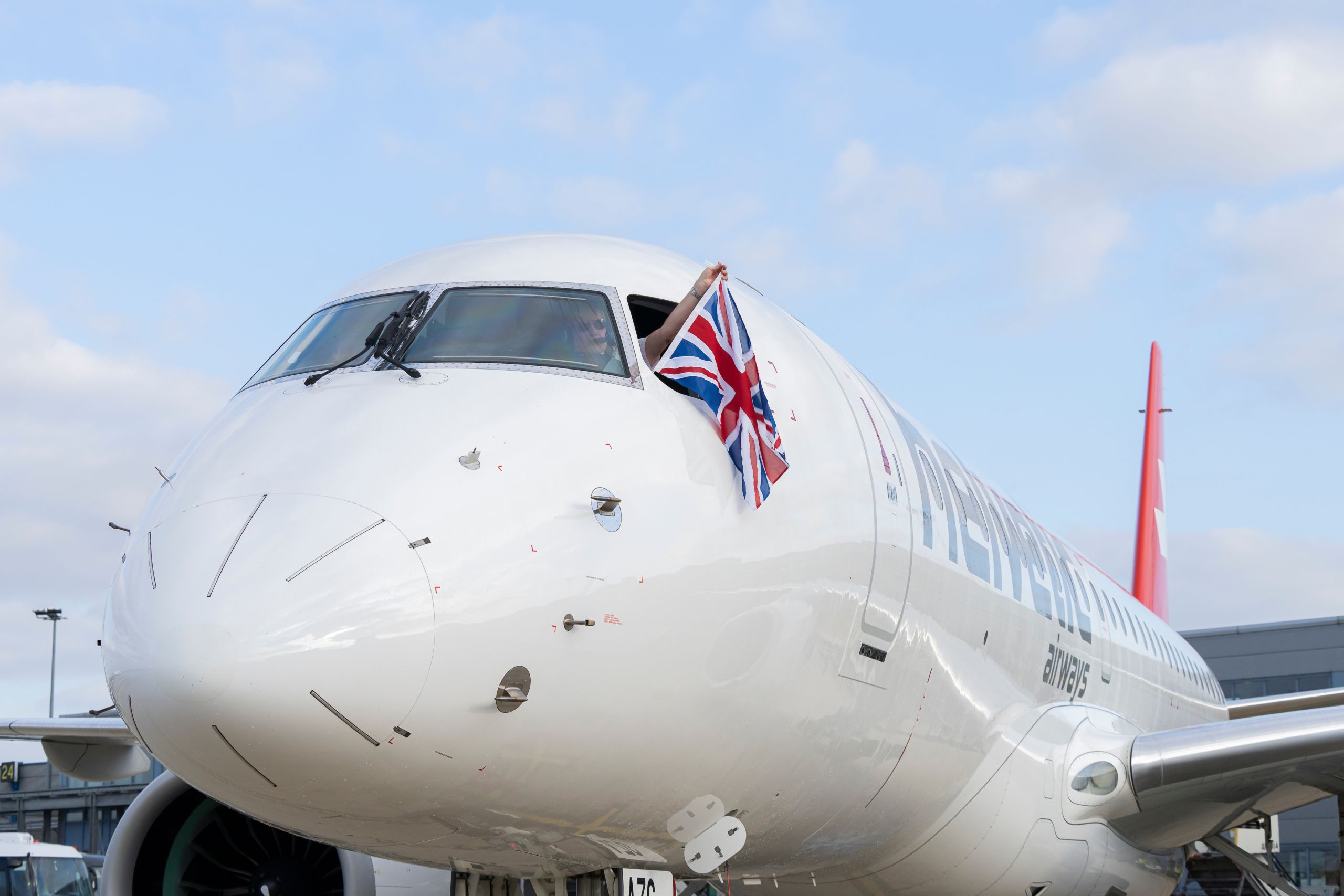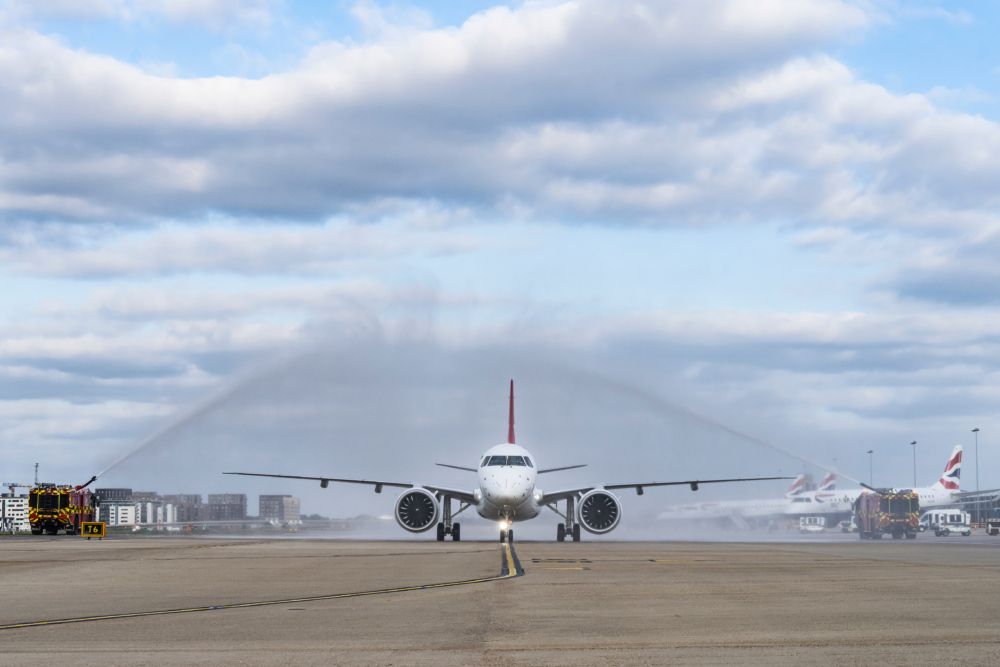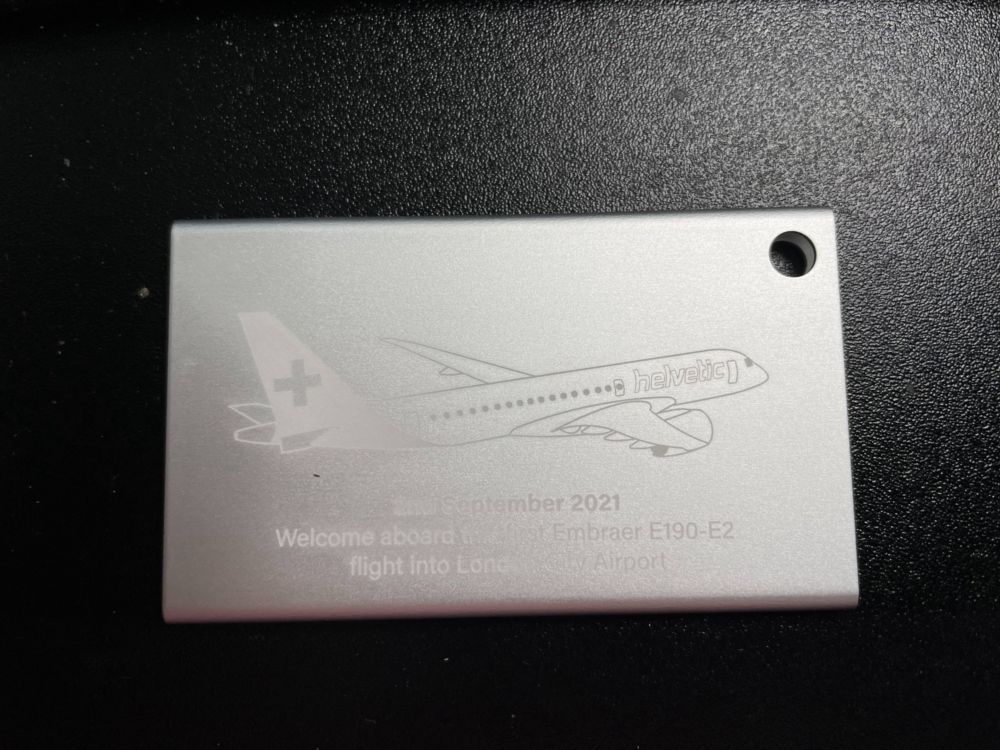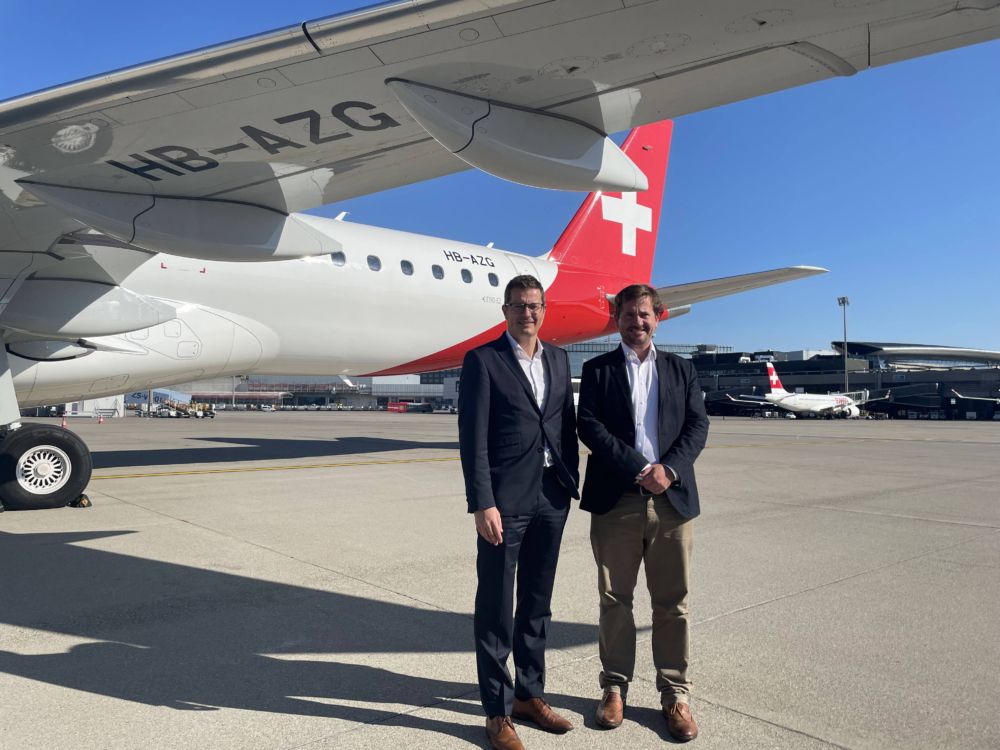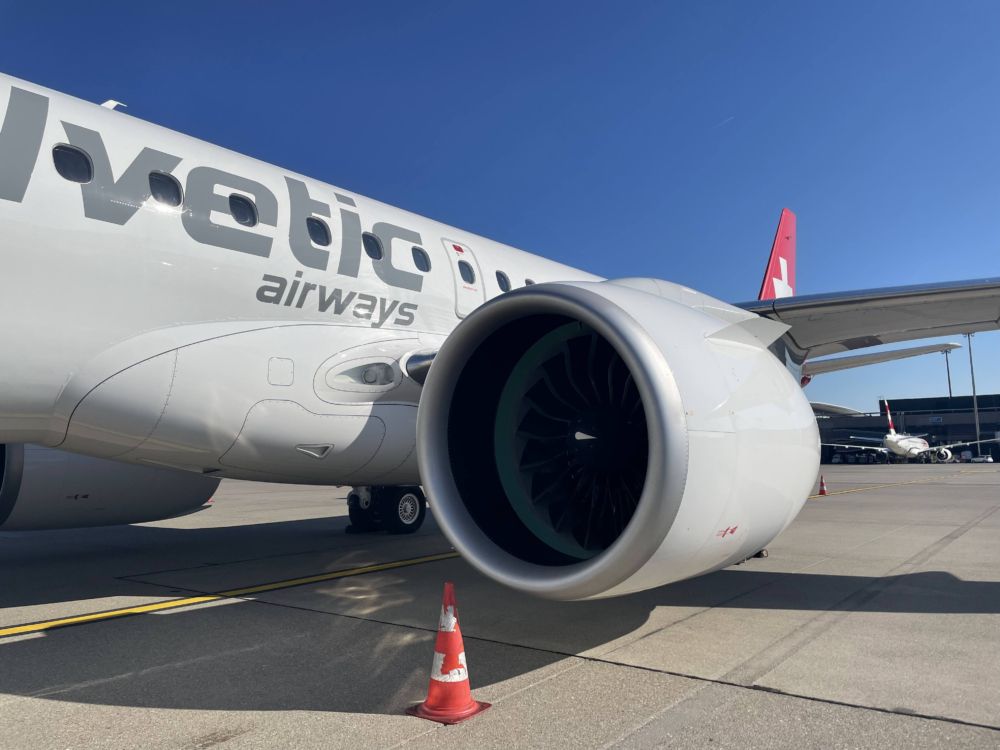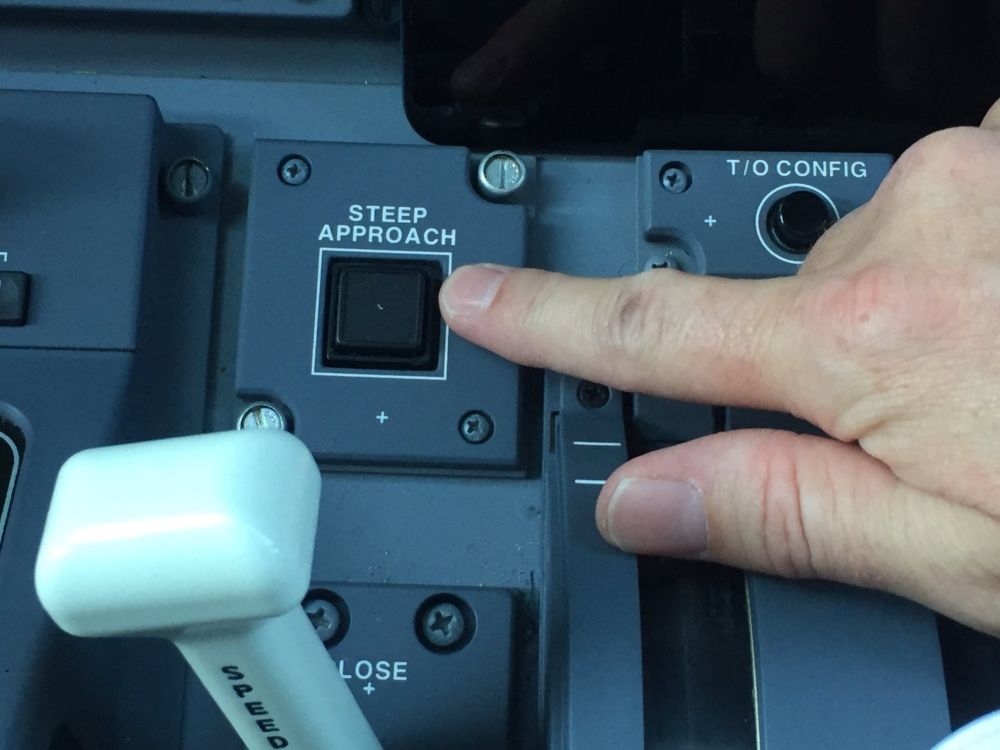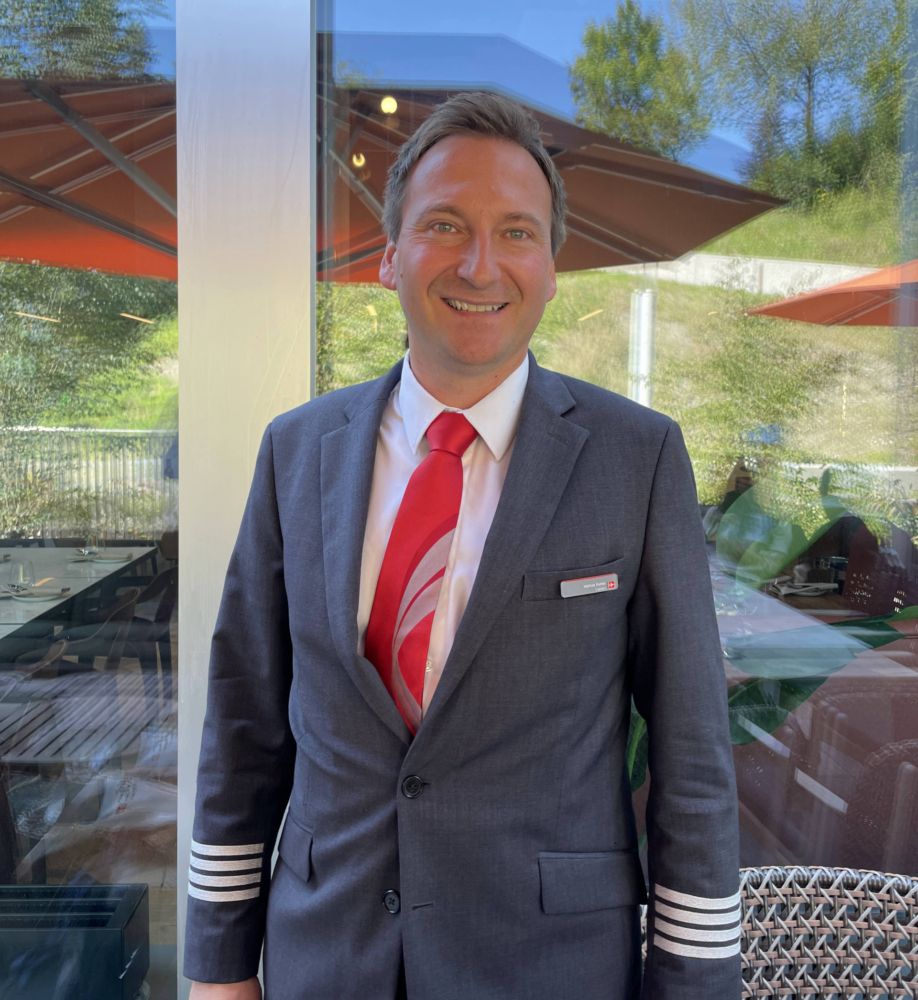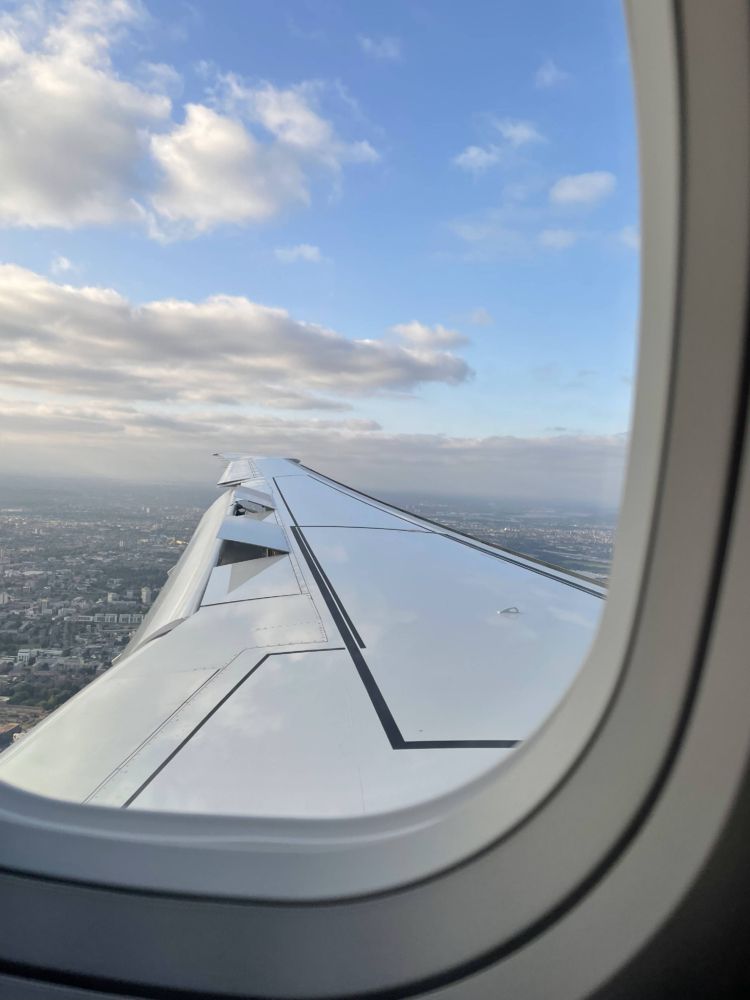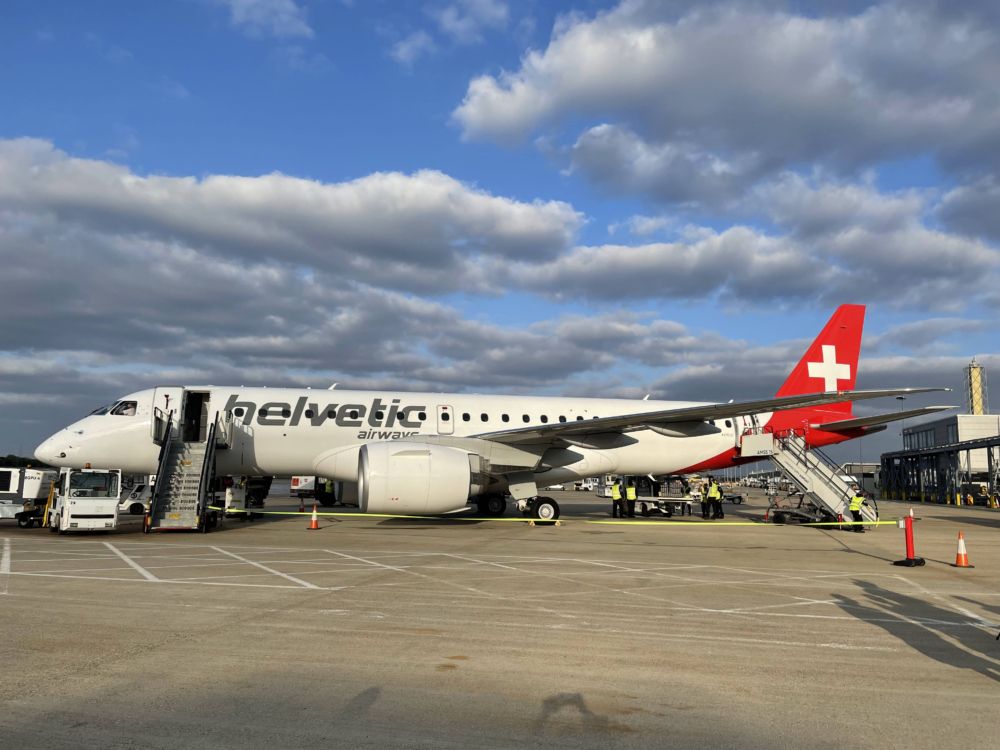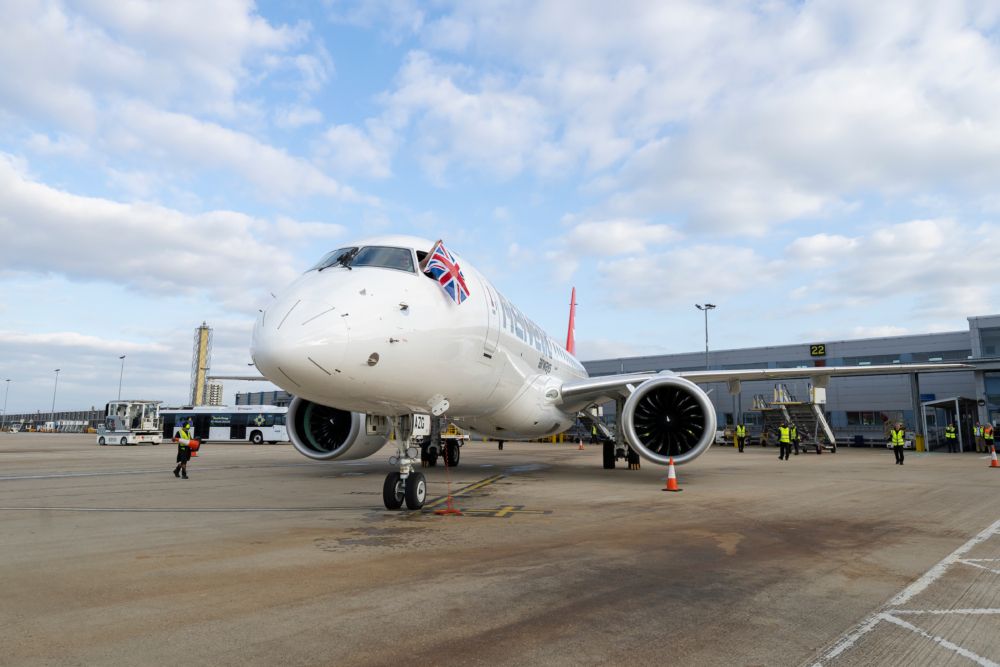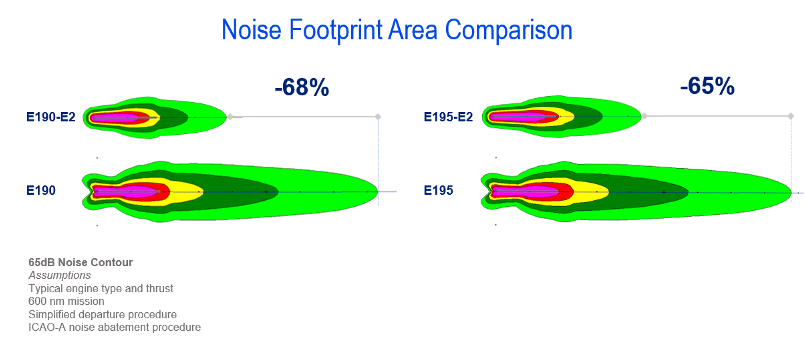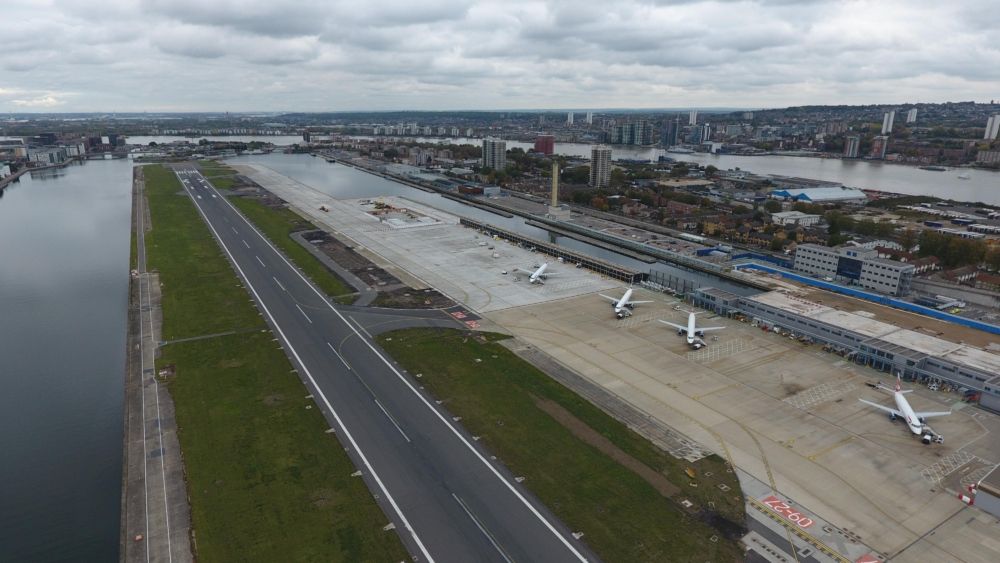Following its recent steep approach certification, the Embraer E190-E2 has touched down on its first commercial flight at London City Airport. This is not only a milestone for Embraer and for Helvetic Airways, who operated this first flight; it’s also a crucial moment for London City Airport, as it has bet its future growth on this game-changing aircraft.
A warm welcome
Touching down at just after 17:45 yesterday, the first revenue service of an Embraer E2 was greeted with an appropriate level of celebration. The jet, an E190-E2 operated by Helvetic Airways, is the first to arrive at the central London airport following the types’ certification last month. It was greeted with a water cannon salute from the airport’s fire service, while passengers were treated to a commemorative luggage tag.
Almost every seat on the flight was sold. For most of the passengers, it was a welcome return of a route that has been suspended since April 2020 (save for a handful of flights in May and June last year) due to the COVID downturn. Prior to that, the route was served by SWISS with its Airbus A220. But with passenger demand still relatively thin, the lower capacity, highly efficient E2 is the ideal aircraft to restart the service.
London City remains a key airport for the UK’s capital, particularly for business travelers. The arrival of the E2 marked a significant milestone for all parties involved in the certification, with everyone in attendance to mark the occasion. Onboard the flight was Helvitic’s own CEO, Tobias Pogorevc, as well as the CCO for London City Airport Richard Hill. Waving the flight off in Zurich were guests, including Embraer’s VP Sales And Marketing for EMEA Cesar Pereira.
The coming together of the three parties was something of a holy trinity of outlooks. It’s a rare treat to have OEM, airline and airport all in the same place at the same time, and illustrates just how important this launch was to all involved.
Steep approach
The E190-E2 is the first of the E2 family to receive its certification to fly into London City. Because of the proximity of residential areas and tall buildings, incoming aircraft must make a steep approach into the airport, which is not a straightforward problem to resolve.
The steep approach changes the angle of approach from a usual three degrees to around five. That might not sound like much, but it turns a descent rate of 800 feet per minute into one of some 1,000 to 1,200 feet per minute on a fast-moving jet. It also means descent begins much closer to the airport, just three miles out, as opposed to some eight miles out for regular approaches.
Making such an approach can be done with no aircraft modifications. For example, London City had a visit from the E2 in 2018 on a demonstration flight from Farnborough Airshow. However, this landing was a one-off, with no passengers onboard and an incredibly skilled Embraer crew in the cockpit. To make the approach a regular fixture on a commercial schedule, both pilots and aircraft require a little modification.
For the plane, this comes in the form of a “steep approach” button. This button informs the fly-by-wire system that the pilots wish to perform a steep approach, unlocking specific configurations in the spoilers and flaps to enable this type of descent. Helvetic pilot and Chief of Flight Operations Mathias Kohler said,
“Embraer helped with steep descent functionality, with a full flaps configuration to maintain the speed during this high rate of descent, and spoiler deflection on the upper surface of the wing. It gives you almost the same attitude as a normal landing”
This is important not only for the comfort of the passengers and crew, but also so that the pilot retains excellent visibility of the airport on approach. As the Helvetic E190-E2 approached LCY, it was easy to see the wingtop spoilers doing their thing to make this approach easier for everyone involved.
Pilots, too, need additional training to perform the landing at LCY. Helvetic’s goal is to have all of its 140 or so pilots capable of landing at this unique airport. At present, a handful of newer pilots have not yet been trained, but the vast majority are competent to fly into the city center airport.
Crucial for London City
For London City Airport, the Embraer E-Jets are the bread and butter aircraft type. From operating around 70% of services pre-COVID, the Brazilian aircraft now fly more than 90% of the services in and out of the airport. With this at the forefront of its mind, London City Airport has been gearing up to welcome more E2s and to make the airport easier for E2 operators to fly from.
Speaking to Simple Flying, Richard Hill, Chief Commercial Officer for London City Airport, elaborated on why this was an important day. He said,
“Today is a very big day for the airport. For a start, one of our key routes is being restarted. But also, the Embraer E2 is helping us meet our sustainability and environmental goals.”
For London City Airport, being sustainable and environmentally conscious does not just mean driving down its carbon footprint. While it is certainly doing this, as well as encouraging operators with more efficient aircraft to use the airport, noise is a major polluter of which it needs to be incredibly conscious.
London City has an interesting approach to noise reduction. Airlines landing at its airport pay landing fees on a sliding scale, depending on how much noise they make. The worst offenders, measured with strategically located microphones, are penalized, with the money raised donated to local communities. Last year, the airport donated £70,000 from this initiative.
With the E2, not only is it quieter overall, but it also has a smaller noise footprint. At London City, it is reduced by some 63%, meaning 63% fewer people on the ground will hear the aircraft at all. Those that do will hear a much-reduced output. With such impressive noise statistics and a 17% reduction in fuel burn over its predecessor, it's easy to see why LCY wants to attract more E2s to its runways.
To do just that, the airport has used the COVID downtime to accelerate its investment in E2 facilities. The airport has built eight new stands for E-jets and its first full-length taxiway, eliminating the need for aircraft to turn around and taxi back after landing. This has increased its capacity significantly, as Hill explained,
“Before COVID, we were limited to around 38 movements an hour. Making these changes takes us up to 45.”
London City is restricted on the number of passengers it can handle per year. Although it does have plans to improve and expand the terminal, the airport is limited overall to a maximum of 6.5 million passengers a year. While it can’t expand much more on the passenger side, it can boost the number of aircraft it is handling, which is exactly what the improvements are designed to do – frequency over capacity.
It’s a decisive aircraft for London City, but could soon be joined by a bigger sibling. Embraer is keenly working towards certification for the E195-E2 at London City, which would open the door not only for Helvetic to upgauge, but also for airlines like KLM to being service to the airport with the E2.

